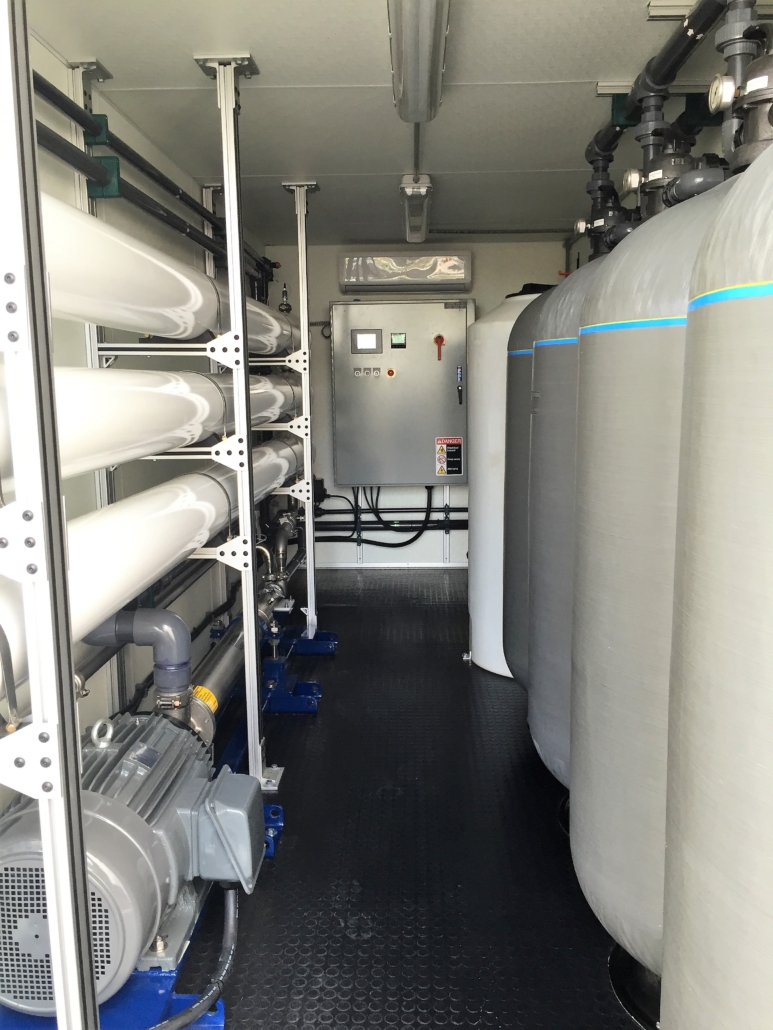The Best Pump Skids: A Comprehensive Guide
In various industries, from oil and gas to chemical processing and water treatment, the need for efficient and reliable fluid handling solutions is paramount. One such solution that stands out is the use of Pump Skids. These pre-engineered, packaged pumping systems offer numerous advantages in terms of performance, maintenance, and cost-effectiveness. In this comprehensive guide, we will explore the features, benefits, applications, and considerations for selecting the best pump skids for your needs.
A pump skid is a complete pumping system mounted on a steel baseplate, or skid. It includes all necessary components such as pumps, motors, piping, valves, and control systems, pre-assembled and tested for optimal performance. This modular approach ensures that all elements work seamlessly together, providing a turnkey solution for various pumping applications.
Features and Benefits of The Best Pump Skids
Pump skids are designed to be modular, allowing for easy integration into existing systems or expansion to accommodate future needs. These systems are pre-engineered and assembled in a controlled environment, ensuring high quality and reliability. Also, they can be customized to meet specific requirements, including the type of pumps, materials, and control systems. The compact design of pump skids makes them ideal for installations where space is limited.
With all components pre-assembled, these systems are easy to install, reducing on-site labor and setup time. Advanced control systems allow for precise monitoring and management of pump operations, enhancing efficiency and reliability.
Pump skids are designed for optimal performance, ensuring efficient fluid handling and reducing energy consumption. High-quality components and thorough testing ensure that these solutions provide reliable and long-lasting service. The modular, pre-assembled design reduces installation costs and minimizes downtime during maintenance.
Integrated control systems and safety features help prevent operational issues and ensure safe operation. With all components easily accessible, maintenance is straightforward, reducing downtime and associated costs. These solutions can be easily reconfigured or expanded to meet changing needs, providing long-term value.
Applications and Considerations
Pump skids are versatile and can be used in a wide range of industries and applications. Used for transferring and processing hydrocarbons, water injection, and chemical dosing. Ideal for handling corrosive and hazardous chemicals, ensuring safe and efficient fluid management. Used in water and wastewater treatment plants for various processes, including filtration, disinfection, and sludge handling.
Ensuring hygienic and efficient transfer of liquids, such as milk, juice, and other beverages. Used for precise and sanitary handling of fluids in the production of medicines and other health products. Assisting in cooling, lubrication, and other essential processes in power plants.
Determine the required flow rate and pressure for your specific application to ensure the pump skid meets your needs. Consider the type of fluid being handled, including its viscosity, corrosiveness, and temperature, to choose suitable materials and components. Assess the installation environment, including ambient temperature, humidity, and exposure to corrosive elements, to select appropriate materials and designs.
Identify the level of automation and control needed for your operation, and choose a pump skid with the necessary control features. Ensure the pump skid fits within the available space and can be easily integrated into your existing system. Consider your budget, but also weigh the long-term benefits of investing in a high-quality, reliable pump skid.
Pump skids offer a reliable, efficient, and cost-effective solution for a wide range of fluid handling applications across various industries. Their modular design, ease of installation, and integrated control systems make them an ideal choice for both new installations and system upgrades.
Investing in a high-quality pump skid can enhance operational efficiency, reduce maintenance costs, and improve overall system reliability. By understanding your specific needs and selecting the right pump skid, you can ensure that your fluid handling operations run smoothly and effectively.
Choose The Best Pump Skids for your application and experience the benefits of this advanced, all-in-one solution. Whether you’re in the oil and gas, chemical processing, water treatment, or any other industry, these systems provide the performance and reliability you need to succeed.



